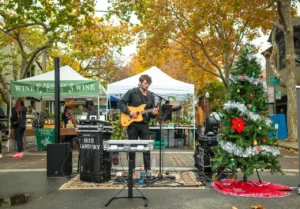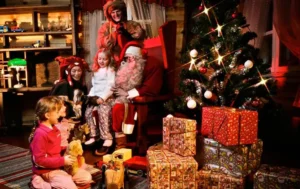The Labubu dolls might be a very modern sensation, but this month they were combined with Hmong culture that is thousands of years old.
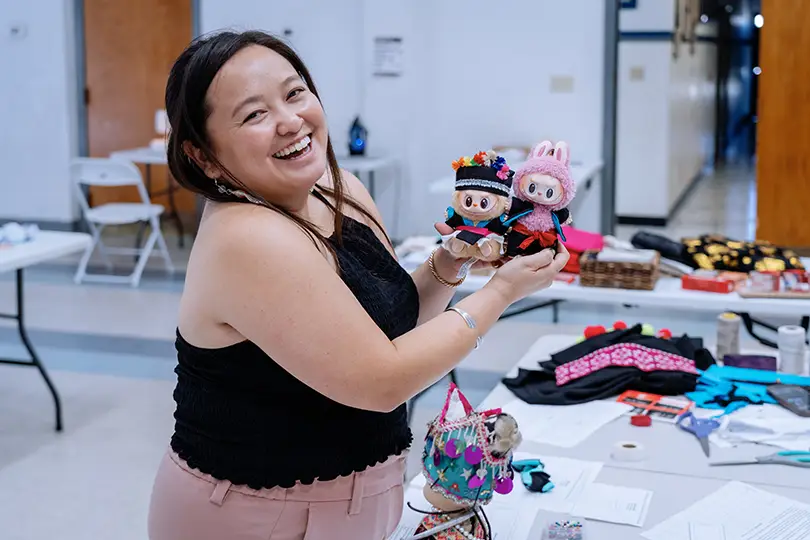
Members of the Hmong community gathered at the HOPE Center in Sacramento on Aug. 23 for a regular session of Culture Through Cloth, a community studio that promotes the Hmong textile art known as Paj Ntaub. It is pronounced PAHN-dao and is translated as “flower cloth.”
However, this time, the attendees applied their colorful stitching and beading to making small attire for the Labubu dolls, a recent craze originating in Hong Kong compared to the Beanie Babies craze of the 1990s.
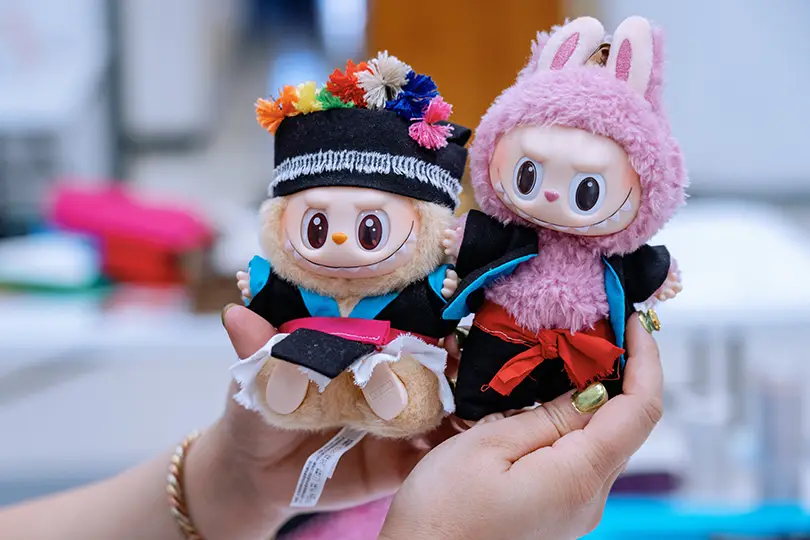
The attendees create something different each month and the dolls were an example of how the old tradition of Paj Ntaub continues to adapt over the years.
Today, in a time of fast fashion and of social media, Paj Ntaub provides an offline and tactile alternative way to create slowly and by hand. Hmong people have said that its benefits range from a soothing outlet to help with their mental health, to a cultural outlet to help preserve the legacy of a community that does not have its own country and did not have its own written language for a long time.
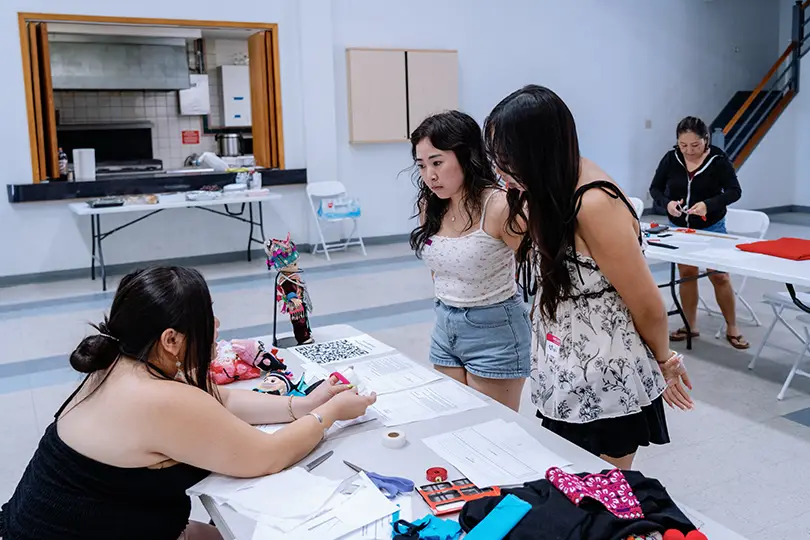
“It’s a way to embrace our Hmong identities and understand who we are and the legacy we come from,” says Pachia Lucy Vang, founder of Culture Through Cloth. “We have a 5,000 year history and it has not always been easy.”
She notes the struggles have ranged from imperialism to war to displacement. “And that we are still here after 5,000 years — that means something.”
Paj Ntaub is a key part of Hmong attire that can involve cross-stitching, chain-stitching and French knots, along with vibrant beads and pom poms to make hats, aprons and clothes. It is also used to make quilts and story cloths, which can have images of a person’s own history or of the community’s history more broadly. For instance, some common motifs include red and green patterns that represent red and green rivers.
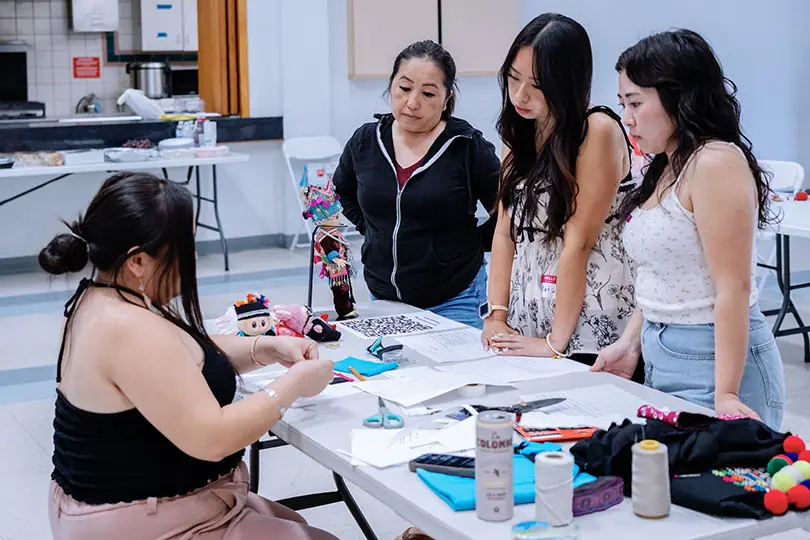
Vang used to think they were a general motif, however, her interest in exploring her roots has taken her all over Southeast Asia and China, including at its border with Vietnam, where she remembers seeing for the first time the rivers of red clay and green algae that her Hmong ancestors had to cross in order to relocate to the south. “That’s not just a fairy tale!” Vang remembers thinking to herself. “That’s real life!”
Over the years, the Hmong people continued to move, many winding up in California after fleeing the Vietnam War because they had helped the losing U.S. side in the portion known as the Secret War.
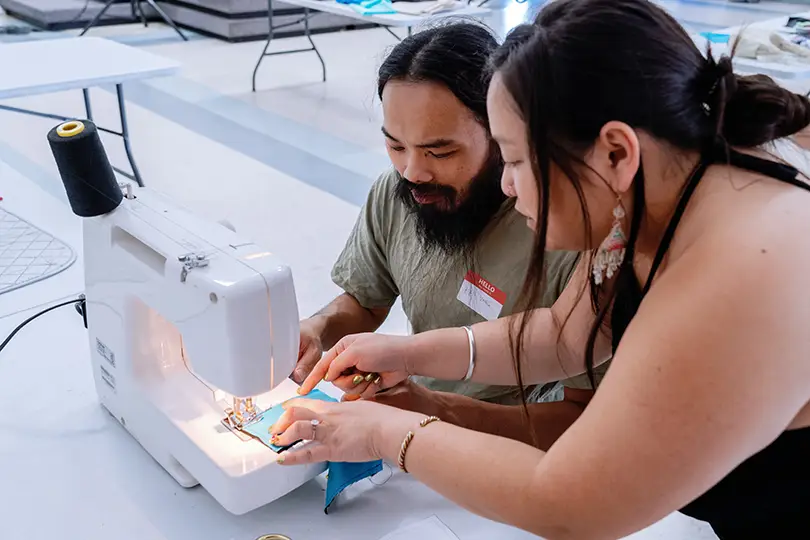
“There was a lot of trauma of leaving your home, your hopes and dreams shattered by war, like what’s happening today in Gaza, it’s frightening,” Vang says. The practice of creating Paj Ntaub could help with such trauma in however small a way, as well as with physical challenges.
Zoua Her works with older Hmong with disabilities, both mental and physical. She is the assistant activity director of The Fresno Center, an organization that supports Southeast Asian refugees and their families. One of her projects is to have them make a Paj Ntaub story cloth together. “They stitch at a round table, they talk. It’s a social outlet. They sit with old friends and new friends,” she says.
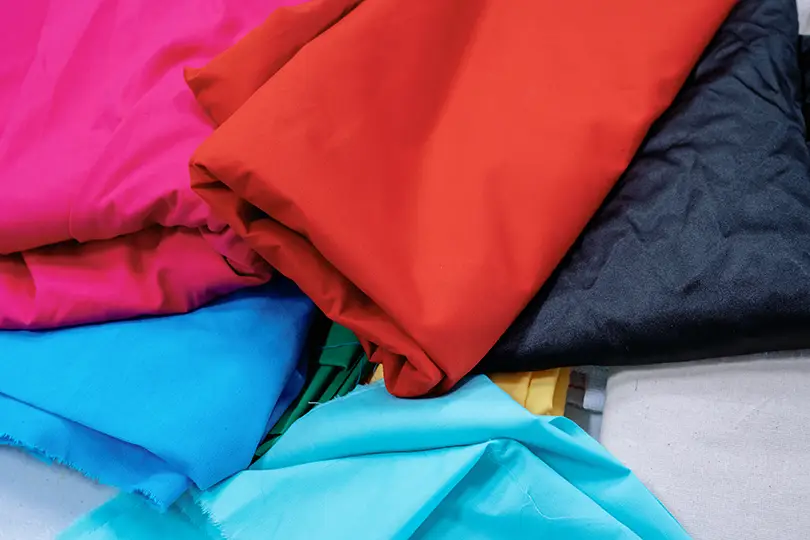
In the Paj Ntaub circle, participants can reminisce about the past, not just the painful memories of war, but also the old mountains and homes and loved ones of their childhoods in Asia. For instance, one participant was a widow who missed her husband, so she stitched an image of the two of them in front of their old farm before moving to America.
“It helps them to heal, how I know is the smile on their face, they leave the center better than when they came,” says Her, adding that making the Paj Ntaub also softens up their hands and provides physical therapy for their arthritis and other aches and pains.
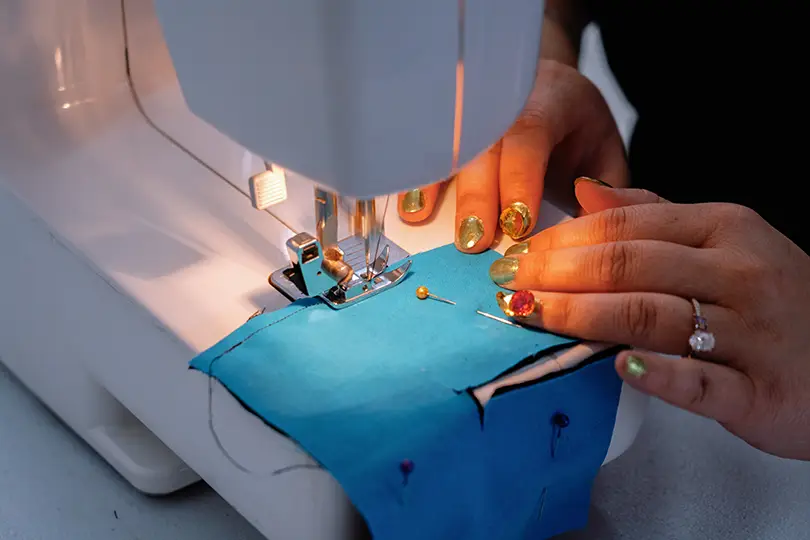
Culture Through Cloth participant Sue Cha says she was happy to make the Paj Ntaub with her own two hands. “It is nice to come out and do this, so when we do purchase items that are made like this, we appreciate the artwork and the hard work that was put into it, so it is not just buying a piece of cloth, we’re buying somebody’s artwork,” she says in a video for the Alliance for California Traditional Arts, which has provided funding for Culture Through Cloth through a state program. “So now I’m excited that I actually get the chance to make my own.”
This story is part of the Solving Sacramento journalism collaborative. Our partners include California Groundbreakers, Capital Public Radio, Hmong Daily News, Russian America Media, Sacramento Business Journal, Sacramento News & Review and Sacramento Observer. Support stories like these here, and sign up for our monthly newsletter.
By Lien Apoux




